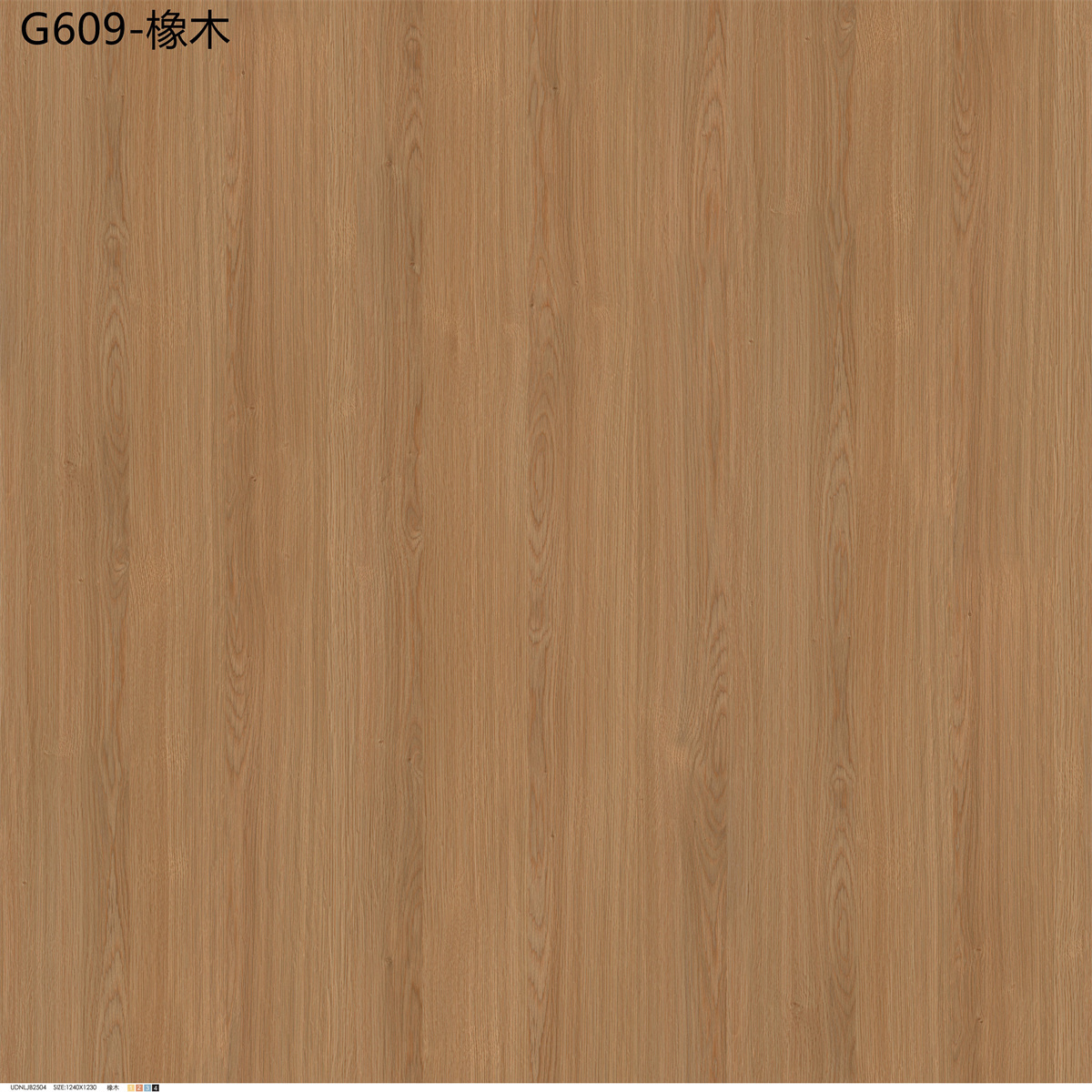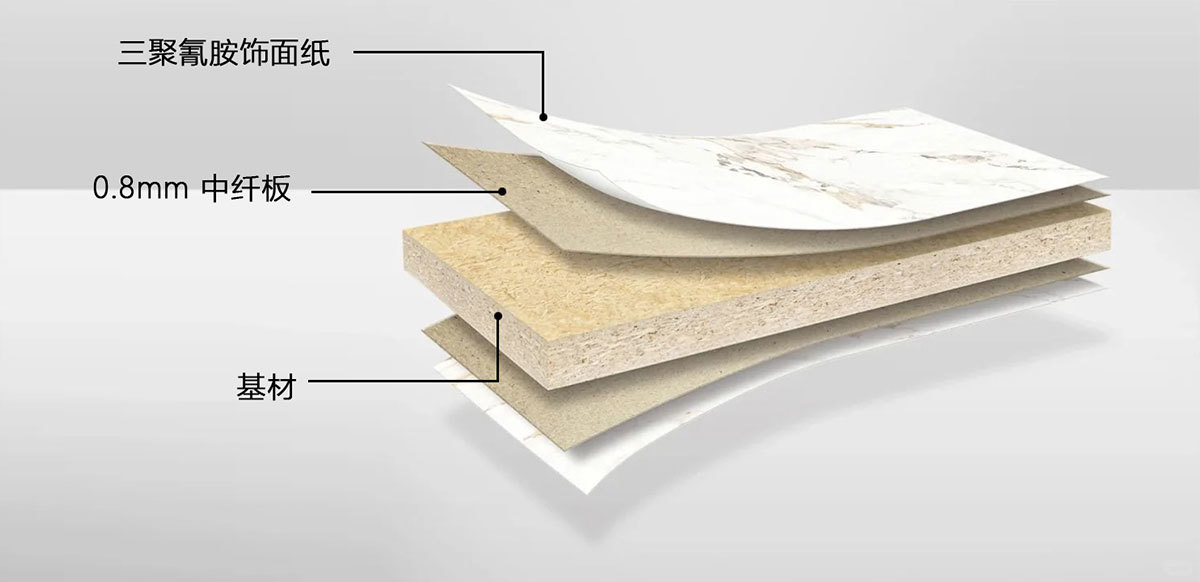The Sustainable Choice: Why Oak Wood Veneer is the Future of Design
Jul 05,2025

The Sustainable Choice: Why Oak Wood Veneer is the Future of Design
Table of Contents
- 1. Introduction to Oak Wood Veneer
- 2. What is Oak Wood Veneer?
- 3. The Sustainability of Oak Wood Veneer
- 4. Benefits of Using Oak Wood Veneer in Design
- 5. Applications of Oak Wood Veneer in Interior Design
- 6. Oak Wood Veneer vs. Traditional Materials
- 7. Aesthetic Appeal of Oak Wood Veneer
- 8. Maintenance and Care for Oak Wood Veneer
- 9. Conclusion
- 10. FAQs about Oak Wood Veneer
1. Introduction to Oak Wood Veneer
As the design landscape evolves, the demand for sustainable materials has surged. Among various options, **oak wood veneer** stands out as a preferred choice for architects and interior designers alike. This article examines why oak wood veneer is not merely a trend but the future of sustainable design, combining ecological responsibility with aesthetic beauty.
2. What is Oak Wood Veneer?
Oak wood veneer is a thin layer of oak that is sliced from a log, typically measuring less than 3mm in thickness. This process allows manufacturers to create a beautiful finish at a fraction of the cost and environmental impact of solid wood. The veneer is applied to different substrates, providing a rich, authentic wood appearance without the drawbacks of using solid timber.
2.1 The Types of Oak Used in Veneer Production
There are several species of oak used in the production of veneer, including **red oak** and **white oak**. Each type offers distinct aesthetic qualities and strengths, making them suitable for various applications.
3. The Sustainability of Oak Wood Veneer
The sustainability of oak wood veneer is one of its most compelling features. Unlike solid wood, which often leads to deforestation, oak veneer is sourced from responsibly managed forests. By using thinner slices of wood, manufacturers can maximize the yield from a single tree, significantly reducing waste.
3.1 Certification and Responsible Sourcing
Many oak wood veneer products come with certifications from organizations like the Forest Stewardship Council (FSC). This ensures that the wood is harvested sustainably, helping to maintain biodiversity and protect ecosystems.
4. Benefits of Using Oak Wood Veneer in Design
Oak wood veneer offers numerous advantages in design, making it a go-to option for modern interiors.
4.1 Cost-Effectiveness
Using oak veneer is more affordable than using solid oak. This allows designers to achieve a premium finish without exceeding budgetary constraints.
4.2 Versatility in Design
Oak wood veneer can be easily manipulated, making it suitable for various applications, from cabinetry to wall panels. Its adaptability can complement different design styles, whether contemporary, traditional, or minimalistic.
4.3 Lightweight and Easy to Work With
Veneer is much lighter than solid wood, making it easier to handle and install. This characteristic is particularly beneficial in large-scale projects where weight can be a concern.
4.4 Enhanced Durability
When properly finished and maintained, oak wood veneer can be highly durable, standing up to the wear and tear of everyday use.
5. Applications of Oak Wood Veneer in Interior Design
The versatility of oak wood veneer makes it suitable for a wide range of applications in interior design.
5.1 Furniture Design
Oak veneer is commonly used in furniture design, providing an elegant and sophisticated finish. From tables to cabinets, oak veneer enhances the aesthetic appeal while ensuring longevity.
5.2 Wall Paneling
Incorporating oak wood veneer into wall paneling can create a warm, inviting atmosphere in any space. It can be used as an accent or for entire walls to add depth and texture.
5.3 Doors and Cabinetry
Custom doors and cabinetry made from oak veneer can elevate the look of kitchens and living spaces. The natural grain patterns create unique, eye-catching designs that enhance any interior.
6. Oak Wood Veneer vs. Traditional Materials
When compared to traditional materials, oak wood veneer has distinct advantages.
6.1 Environmental Impact
Traditional wood products often involve significant deforestation. In contrast, oak veneer reduces the demand on timber resources, promoting sustainable forestry practices.
6.2 Aesthetic Versatility
While solid wood can have limitations in design flexibility, oak veneer can be easily produced in various finishes and styles, making it more versatile for contemporary design.
7. Aesthetic Appeal of Oak Wood Veneer
The rich visual texture of oak wood veneer is one of its standout features. Its natural grain patterns and warm color tones make it an appealing choice for both residential and commercial interiors.
7.1 Color Variations
Oak wood veneer comes in various shades, from light honey tones to darker, richer hues. This range allows designers to select the perfect match for their project.
7.2 Custom Finishes
Oak veneer can be stained or finished in numerous ways to achieve specific looks, further enhancing its versatility in design.
8. Maintenance and Care for Oak Wood Veneer
Proper care and maintenance of oak wood veneer can ensure its longevity and aesthetic appeal.
8.1 Cleaning Techniques
Regular dusting and gentle cleaning with a damp cloth are essential to maintain the veneer’s appearance. Avoid harsh chemicals that can damage the finish.
8.2 Preventing Damage
Using coasters and placemats can help prevent scratches and heat damage. Keeping the veneer away from excessive moisture will also prolong its life.
9. Conclusion
In summary, oak wood veneer represents an ideal blend of sustainability, aesthetic appeal, and versatility in design. As the world moves towards more eco-conscious choices, choosing oak veneer not only enhances the visual quality of spaces but also reflects a commitment to responsible sourcing and environmental stewardship. We encourage homeowners, designers, and architects to consider oak wood veneer as a superior alternative in their projects, ensuring that their designs are both beautiful and sustainable.
10. FAQs about Oak Wood Veneer
1. What is the difference between solid oak and oak veneer?
The primary difference is that solid oak is a single piece of wood, whereas oak veneer is a thin layer of wood applied to a substrate. Veneer is more economical and sustainable.
2. Is oak wood veneer suitable for high-moisture areas?
While oak veneer can tolerate humidity better than some materials, it is not recommended for areas with excessive moisture, such as bathrooms.
3. How can I maintain the finish of my oak wood veneer?
Regular cleaning with a soft, damp cloth and avoiding harsh cleaners will help maintain the veneer’s finish.
4. Can oak wood veneer be re-finished?
Yes, oak veneer can be re-finished, but it is important to consult a professional to avoid damaging the thin layer.
5. Is oak wood veneer environmentally friendly?
Yes, when sourced responsibly, oak wood veneer is an environmentally friendly choice that promotes sustainable forestry practices.









